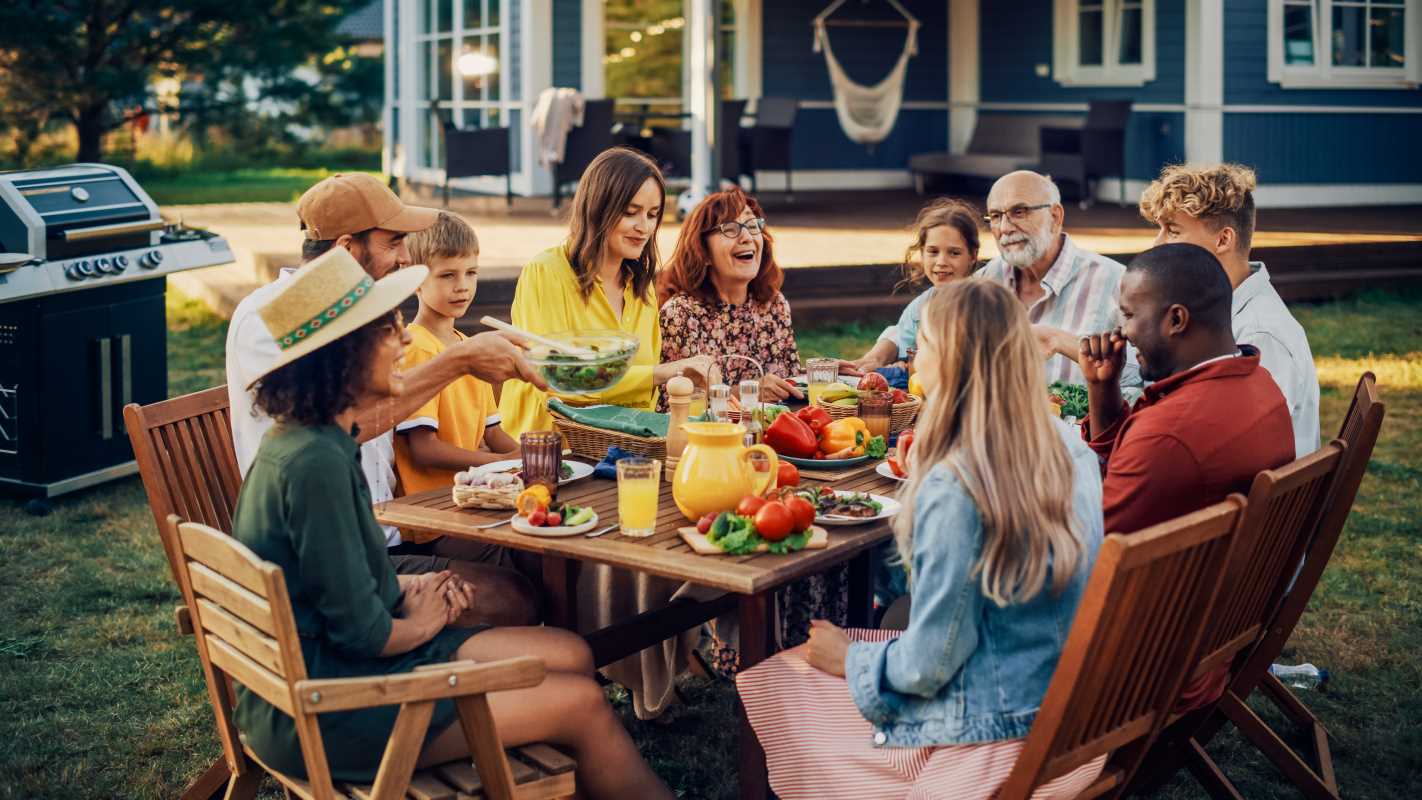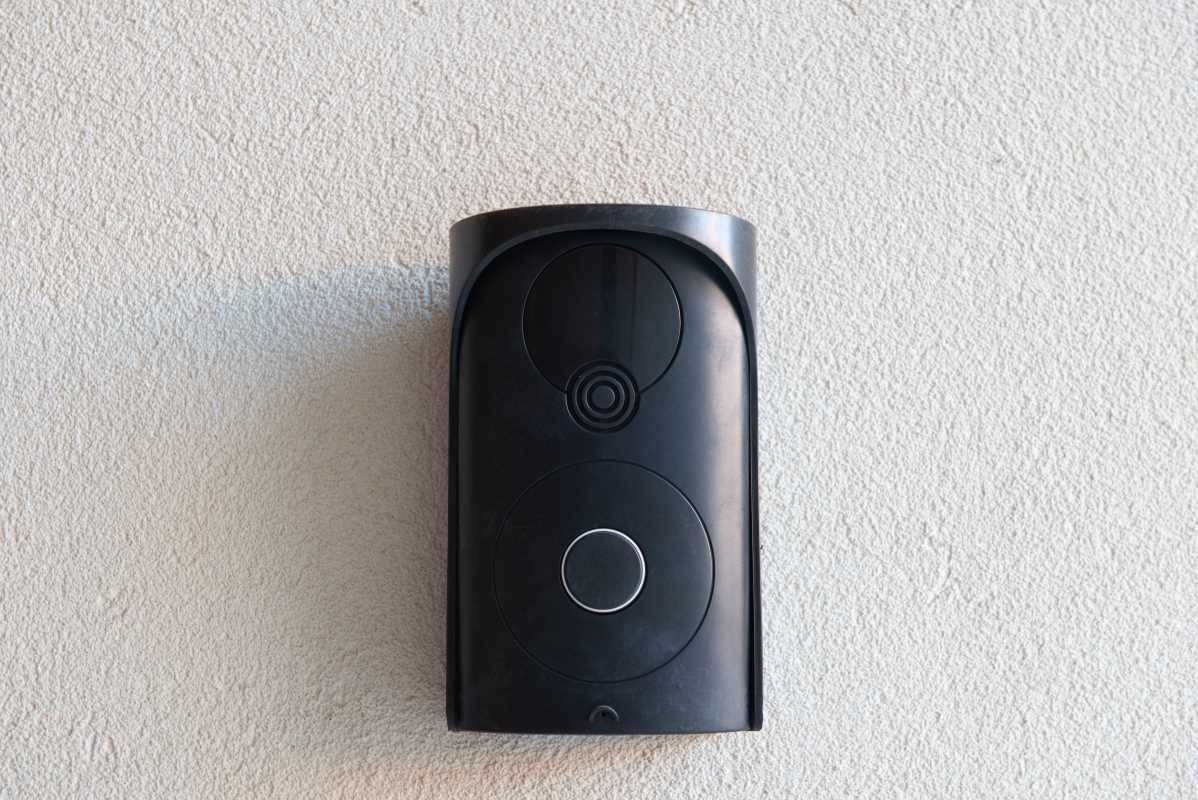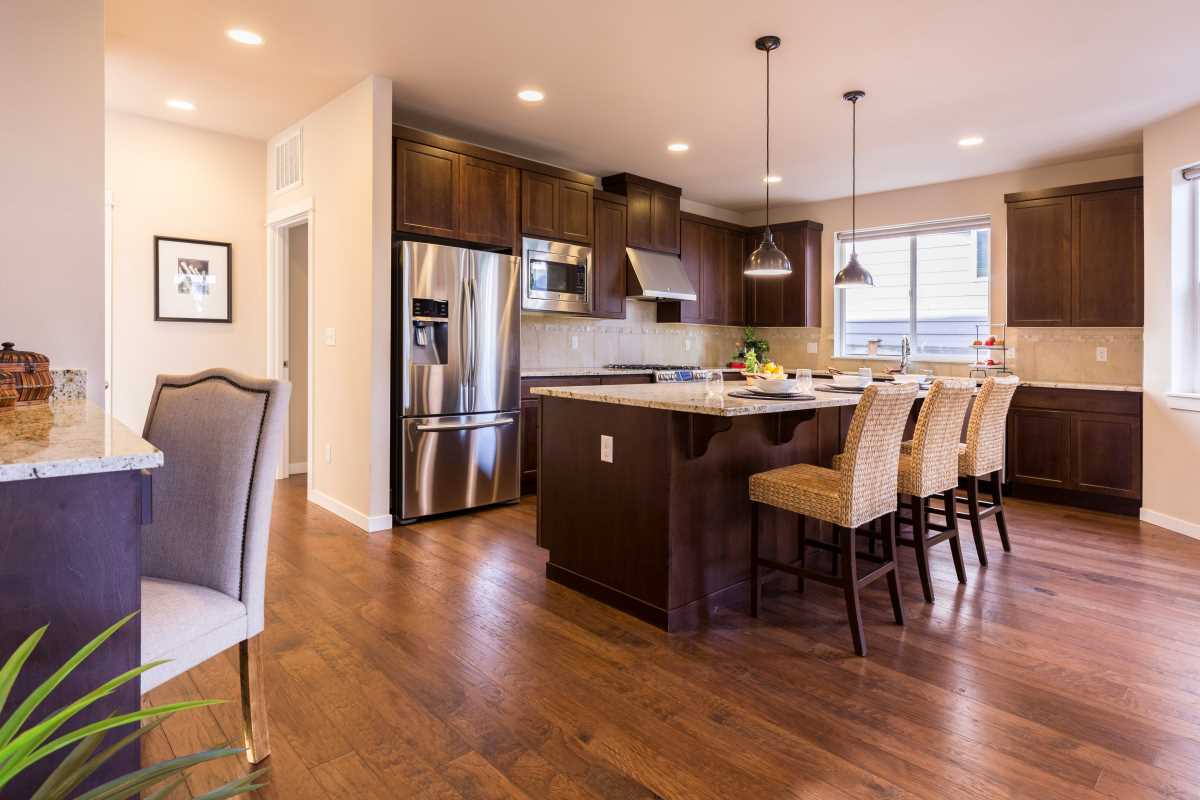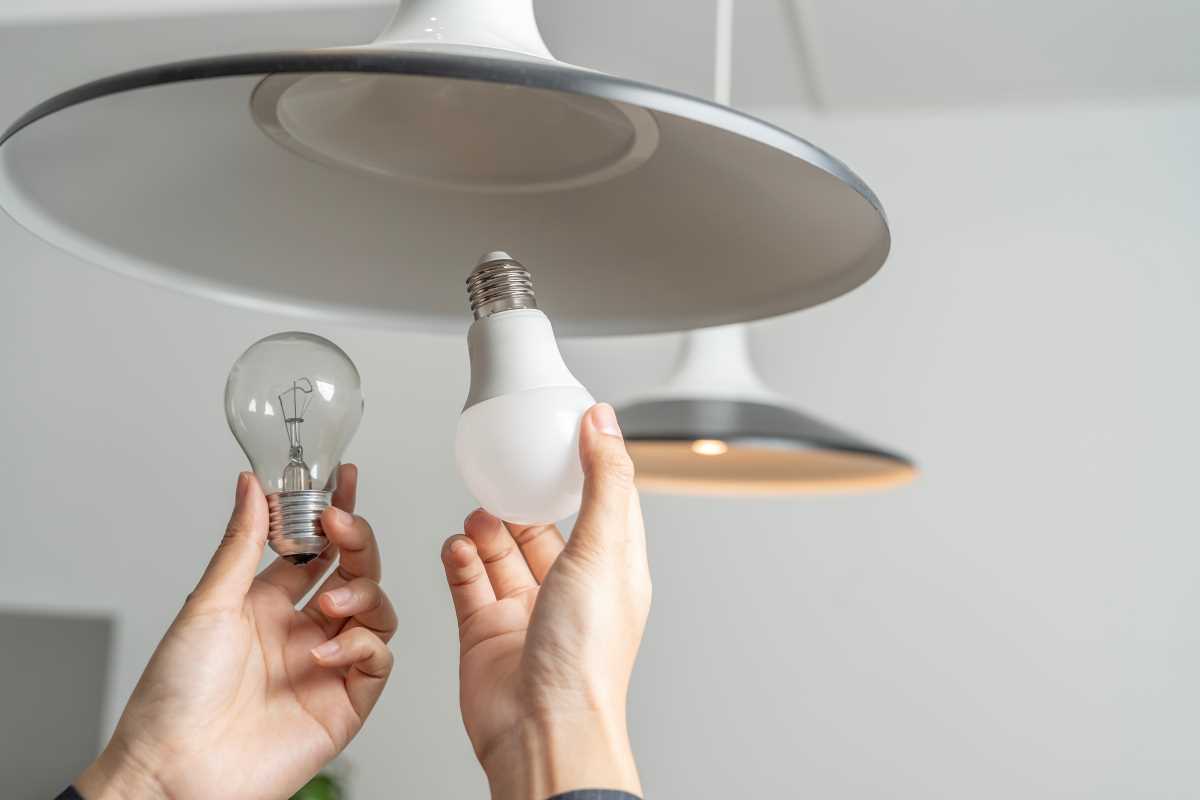Designing a comfortable outdoor oasis within a compact space brings both unique hurdles and satisfying results. Many people wonder how to make the most of a smaller patio or balcony, but thoughtful planning and some clever touches can turn any outdoor nook into a cozy escape. Selecting the right pieces, such as space-saving chairs or multifunctional tables, helps open up the area and creates a more inviting atmosphere. Careful arrangement of plants, lighting, and furniture further enhances the sense of openness and relaxation. Even the smallest outdoor space can provide a peaceful retreat where you can unwind and enjoy the fresh air.
Getting started involves looking at your space with fresh eyes. In this guide, you will find practical tips and ideas to help you select the ideal pieces for your outdoor haven. With simple steps and a friendly tone, you can confidently create a setup that enhances your living area and fits your lifestyle.
Evaluating Your Outdoor Space
Before shopping for furniture, take a moment to evaluate your outdoor area. Think about how you plan to use the space, what dimensions you’re working with, and where the sunlight falls throughout the day. A quick measurement and a mental or paper sketch can work wonders in pinpointing available room for seating, dining, or relaxation.
Keep the purpose of your outdoor setup in mind while assessing the layout. Whether creating a spot to chill out with a book or a dining area for entertaining, knowing your goals lets you select your furniture accordingly. You can jot down a list of key points to remember:
- Measure the length and width of the space.
- Identify fixed elements like walls or planters that affect placement.
- Decide if the area will serve for dining, lounging, or both.
- Consider the path of the sun to optimize placement for comfort.
Picking Furniture Styles and Materials
Selecting the right style and materials plays a major role in creating a cohesive look without overcrowding your space. Focus on pieces that are not only attractive but also durable and suited for weather changes. By choosing materials that can withstand outdoor elements, you make a smart investment that lasts.
When you choose furniture, you can pick from several options. Here’s a simple list to help you decide:
- Metal Furniture: Offers sleek, modern lines and often features designs with slim profiles. It works well for a minimalist look but may need occasional rust treatment.
- Wood Furniture: Brings warmth and a classic look. It requires regular maintenance to prevent weathering, but treated wood can be both stylish and long-lasting.
- Resin or Plastic Furniture: Lightweight and usually budget-friendly. Though they come in various designs, check their sturdiness if you plan to use them regularly.
- Wicker or Rattan: Provides a timeless, natural look. Many are now made with synthetic fibers that resist fading and moisture, making them a great choice for small areas.
Ideas for Space-Saving Furniture
Maximizing the usable area requires clever furniture choices that do more with less space. Seek pieces that can fold, stack, or rearrange easily to keep the space uncluttered and adaptable. This planning helps you accommodate different needs and occasions.
For simple steps that leave a big impression, consider these practical ideas:
- Folding chairs and tables that tuck away when you don’t need them.
- Stackable stools that allow you to seat guests without crowding the area.
- Modular sets you can reconfigure to suit your space and mood.
- Bench seating with hidden storage to keep small items out of sight.
Positioning Your Outdoor Furniture for Space Efficiency
The right arrangement can make a small outdoor area feel surprisingly spacious. Start by placing the larger pieces first to form the backbone of your setup. Keep pathways clear and avoid placing furniture too close to fixed elements, which can block traffic flow.
Smart layout ideas can make a significant difference. Use these simple layout tips as you plan your arrangement:
- Anchor seating groups with a central focal point like a small coffee table.
- Use angles instead of lining up every piece perfectly for a relaxed vibe.
- Maintain plenty of clear space between items to allow comfortable movement.
- Try different placements until you find a balance between functionality and openness.
Decorating Without Creating Clutter
Small outdoor spaces benefit from accessories that add personality without overwhelming the area. Limit decorations to a few carefully chosen pieces that complement the furniture and overall design. This approach helps keep the space feeling open and airy.
Select items that serve two purposes: decorative yet functional. You might choose weather-resistant throw pillows, a sleek umbrella, or a single statement lantern. Each piece should enhance the look without crowding the area, and keeping surfaces clear can create a more relaxed environment.
Taking Care of Your Outdoor Furniture
Regular maintenance keeps your outdoor space looking fresh and inviting throughout the year. Check your furniture for signs of wear and clean them following the manufacturer’s instructions. Simple actions like wiping down surfaces after use and storing items during harsh weather can extend the life of your furniture.
Set up a maintenance routine that fits your schedule. This might include cleaning with gentle soap and water, covering furniture when rain is forecasted, or applying protective treatments annually. With minimal extra effort, you can keep your patio welcoming and ready for any occasion.
This guide provides a clear path to transforming a small outdoor area into an open and inviting retreat. With practical steps to evaluate your space, select the right materials, and arrange everything for maximum impact, designing a balanced outdoor setup becomes an exciting project.
Your outdoor area becomes a welcoming extension of your home with simple touches and minimal maintenance. Even a small patio can feel open and inviting.
 (Image via
(Image via





